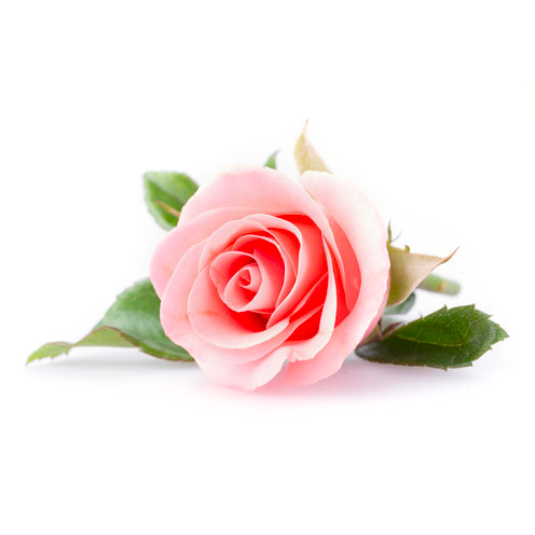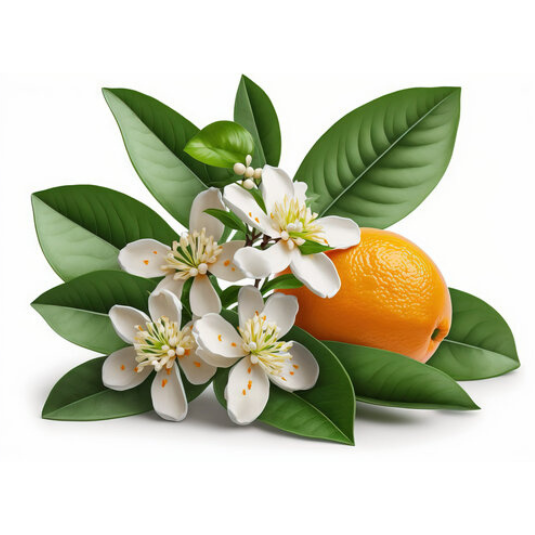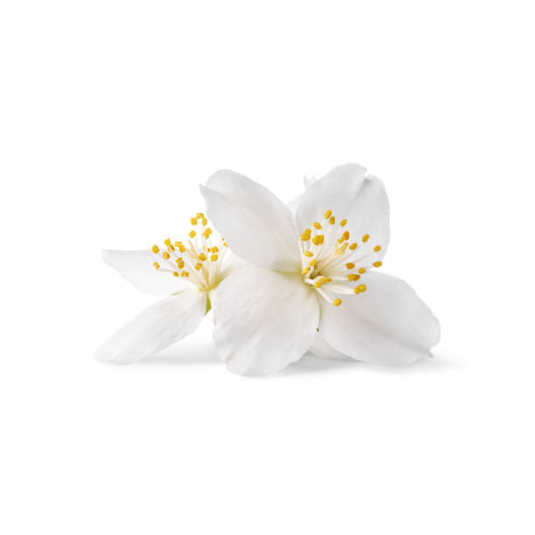What does the word vanilla mean?
The word "vanilla" derives from the Spanish word "vainilla," which literally means "little pod." The term vanilla is used to refer to both the orchid plant and the aromatic pods it produces.
The word "vanilla" dates back to the 16th century, when Spanish conquistadors discovered the plant in Mexico and appreciated its distinctive flavor and aroma. They called it "vainilla" because of the elongated shape of the pods.
In the beginning…
The history of vanilla dates back to the Mayan civilization, where it was used to flavor sacred drinks. Vanilla is native to the tropical regions of Central and South America and was cultivated exclusively by indigenous peoples. During the colonization of the Americas, Spanish conquistadors discovered vanilla and brought it to Europe. However, growing vanilla outside its natural habitat proved difficult until a hand-pollination process was discovered in the late 18th century on the island of Réunion, which revolutionized the vanilla industry. Today, vanilla is cultivated in several tropical countries and remains one of the most prized spices in the world.
DID YOU KNOW? In 1841, on the island of Bourbon (now Réunion), Edmond Albius, a young slave, made a revolutionary discovery. He developed a technique for manually fertilizing the vanilla orchid by distinguishing the male and female parts of the flower, then pollinating them with a wooden thorn. A few days later, the flower transformed into a precious vanilla pod.
Vanilla cultivation
The main vanilla-producing regions are Madagascar, the world's largest producer, followed by Réunion, the Comoros, Tahiti, and other tropical countries such as Mexico, French Polynesia, Indonesia, and India. These regions offer ideal climatic conditions for vanilla cultivation.
The vanilla plant is a climbing orchid cultivated to produce vanilla pods. Vanilla cultivation requires a tropical climate with an average temperature of around 25°C. Vanilla typically blooms two to three years after planting. The delicate flowers must be pollinated by hand as bees and other pollinators cannot easily access them. Growers delicately pollinate the flowers by opening the flower and transferring pollen from a male to a female part of the flower. After pollination, the flowers transform into green vanilla pods, which gradually ripen. At this point, the vanilla is harvested when the pods have reached maturity. They must be carefully harvested by hand to avoid damaging the plants. The pods then undergo a maturation process, which involves slow, controlled drying, often in the sun for several weeks, followed by a conditioning process. This process allows the pods to develop their characteristic aroma and intense flavor.
The different species of vanilla
• Vanilla planifolia , also known as Bourbon vanilla, is a species of orchid native to Mexico. It is distinguished by its delicate flowers and captivating fragrance. Harvesting its pods requires careful attention and a specific processing process to release the rich, sweet aromas for which Bourbon vanilla is famous.
• Vanilla x Tahitensis is a specific vanilla variety native to Tahiti and the surrounding islands of French Polynesia. It is known for its unique and exotic aroma, which differs from that of classic Bourbon vanilla. Vanilla x Tahitensis beans are fleshier and larger than those of other vanilla varieties, and range in color from light green to dark brown. It is prized for its floral and fruity aroma, with notes of vanillin, tropical flowers, and caramel. It is most commonly found in desserts, baked goods, and confectionery.
• Vanilla pompona, native to Central and South America, is distinguished by its long stems and glossy green leaves. Its flowering attracts attention with white pompom-shaped flowers giving off a delicate fragrance. This plant is precious because of its pods, which contain high-quality vanilla oil, used in cooking and perfumery. Vanilla pompona is a botanical treasure that finds its place in various creative industries.
What did you know about vanilla in perfumery?
Once harvested, the vanilla processing and transformation process begins. The vanilla pods undergo a series of steps. First, they are scalded to stop their maturation and activate the enzymes that develop the characteristic aroma. Then, they are slowly dried in the sun or in special dryers until they become dark brown and supple. After drying, the pods are sorted and packaged. Some are sold whole, while others are ground or made into vanilla extract . The vanilla processing process requires patience and expertise to preserve its delicate fragrance and exquisite flavor.
Regarding the olfactory accord of vanilla, it exudes a sweet, warm, and delicately floral fragrance. Its aroma is often described as soft, creamy, and slightly woody. Vanilla evokes notes of caramel, chocolate, cream, and a comforting sensation that makes it popular in many desserts and scented products.
Vanilla fragrances can be worn by both women and men. Although rarely used alone in perfumery and the beauty world, vanilla can nevertheless be expressed in several ways. This is particularly true through layering .
• Woody-vanilla: for both men and women, it is perfect for creating a sophisticated scent. It is often found as a base note, combined with patchouli, cedarwood or sandalwood to bring richness and depth to fragrances.
• Citrus-vanilla , such as bergamot or mandarin, and you will get a fresh and lively eau de parfum. It will soften their lively and tangy character, creating a more balanced and complex fragrance. Citrus also brings a touch of freshness to the vanilla, preventing the fragrance from being too heavy and sweet.
• Musk-vanilla : a warm and sweet accord that can be worn at any time of day. The musk brings a sensual note and roundness, while the vanilla adds a sweet and gourmand touch. However, this combination can sometimes seem heavy or heady.
What is layering? Layering is a technique used in skincare and fragrance. It involves layering different products to achieve synergistic results and a unique sensory experience.
Before continuing… Vanillin
In perfumery, the fragrance of vanilla is sometimes reproduced synthetically. This is how an organic compound called "vanillin" is developed. It should be noted that it can also be used as a food additive.
GOOD TO KNOW!
Yes, we know and appreciate vanilla for its taste and smell. Now, we shouldn't neglect its other properties, especially since they could be useful to you in your daily life!
Vanilla has anti-inflammatory properties that can help reduce inflammation in the body. This is useful for arthritis, for example. It's also known for its calming and relaxing effects, making it a natural option for relieving stress and anxiety. Finally, some research suggests that vanilla may have positive effects on mood by stimulating the production of serotonin, the happy hormone.
Some legendary vanilla flavors...
It is thanks to these discoveries that vanilla has become an essential ingredient in the history of perfume and beauty since the end of the 19th century. Let's retrace together the famous vanilla perfumes that have left their mark on the perfume industry!
• J icky by Maison Guerlain created in 1889. This iconic and unisex eau de parfum is inspired by a childhood love of Aimé Guerlain. Vanillin, in the base note, gives animal and woody facets to the perfume. Accompanied by its top notes of lavender, rosemary and bergamot, this eau de parfum leaves freshness on the skin.
• Black Opium by Yves Saint Laurent , revisited in 1977, is an iconic eau de parfum for women. Sweet and intense, let yourself be seduced by pear, accentuated by orange blossom and vanilla. It can only amaze you!
• Angel from Maison Thierry Mugler , with its gourmand accents, through its base notes of patchouli and vanilla, this scent with oriental odors quickly became the benchmark in feminine perfumes.
• Allure de Chanel , combines vanilla with notes of citrus and white flowers. Fresh and delicious, this women's fragrance will find its counterpart at Dior: Hypnotic Poison , a floral vanilla fragrance with notes of almond.
• Tom Ford ’s rebellious Tobacco Vanille revisits vanilla in perfumery! Spicy and sweet, let yourself be seduced by this unisex fragrance.
UNUSUAL! Guerlinade is a perfume base, a compound based on iris and vanilla, created in 1921 by Jacques Guerlain, based on the old Jicky perfume, created by his uncle Aimé Guerlain in 1889. It was during a creative impulse that Jacques Guerlain poured "just to see" a good dose of ethylvanillin, a synthetic vanilla, into a bottle of Jicky. After removing the wood and lavender aromas, he added bergamot.
Bon Parfumeur Vanilla Eau de Parfums
Choosing a perfume is no easy task. Whether you prefer fruity, floral, gourmand, or spicy fragrances, find the vanilla notes that match your personality:

• For a fruity vanilla, we go for eau de parfum 203. It's hard to resist its association with the sweet notes of raspberries and blackberries.
• For a rounder but more addictive eau de parfum, choose eau de parfum 401 ! Here, candied fruits like plum add a sweet touch to the composition.
• For a floral vanilla, it is often associated with white flowers. Highly prized by women, notes of jasmine (like our 103 ) or rose (like 106 ) blend perfectly with vanilla for a floral and spring eau de parfum.
• For a gourmet vanilla, choose eau de parfum 402 with its notes of tonka bean, caramel and almond. These notes, combined with vanilla, bring a sweet and sensual touch for an eau de parfum to devour.
• Finally, its roundness can also soften and add a warm touch to an intense and assertive eau de parfum. It is found as a heart note in our eau de parfum 302 , to soothe the fire of this composition of spices and incense.
A simple scent of vanilla is enough to awaken an irresistible desire to succumb to its deliciously captivating charms. Still unsure about choosing your ideal eau de parfum? Use our online diagnostic service.










